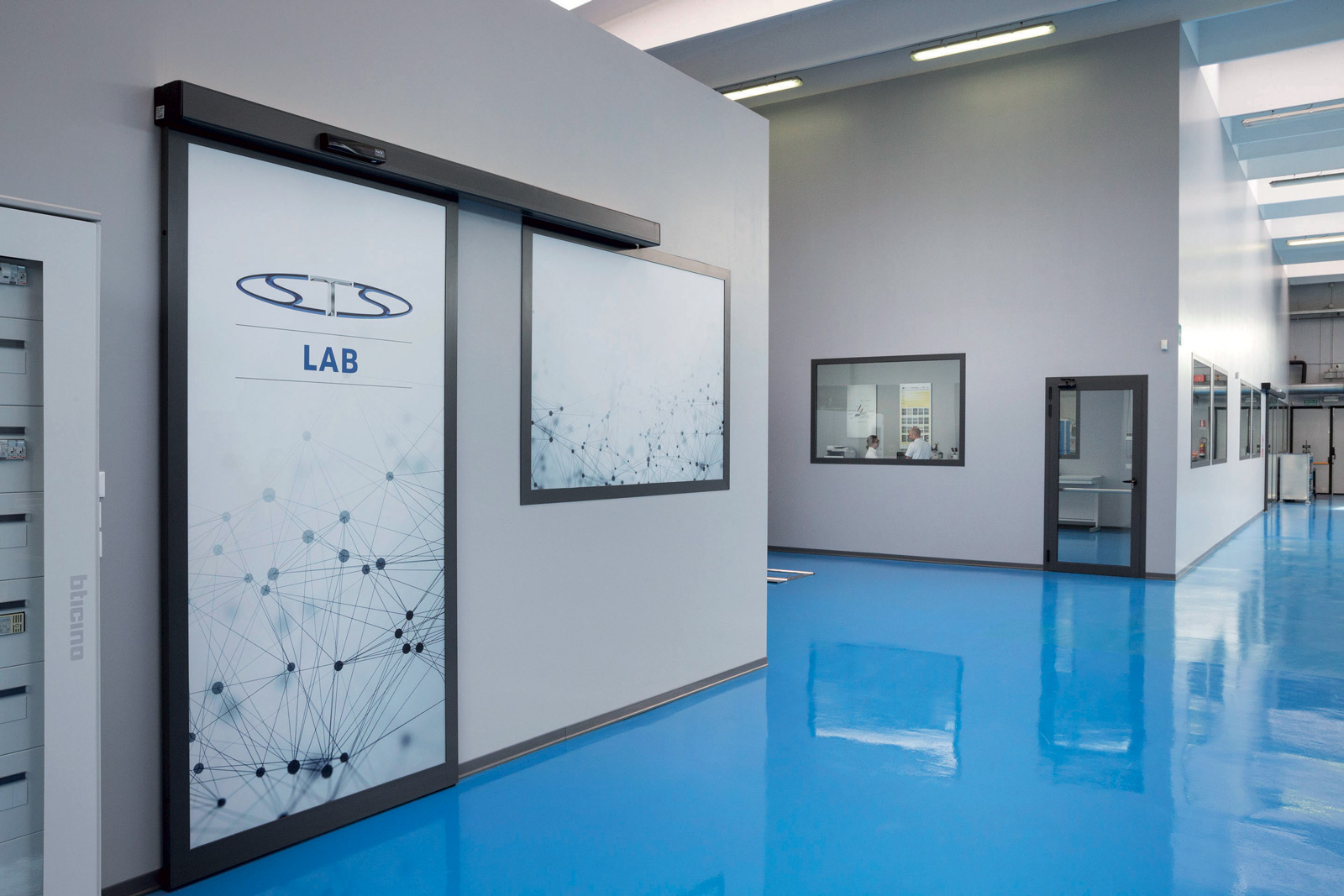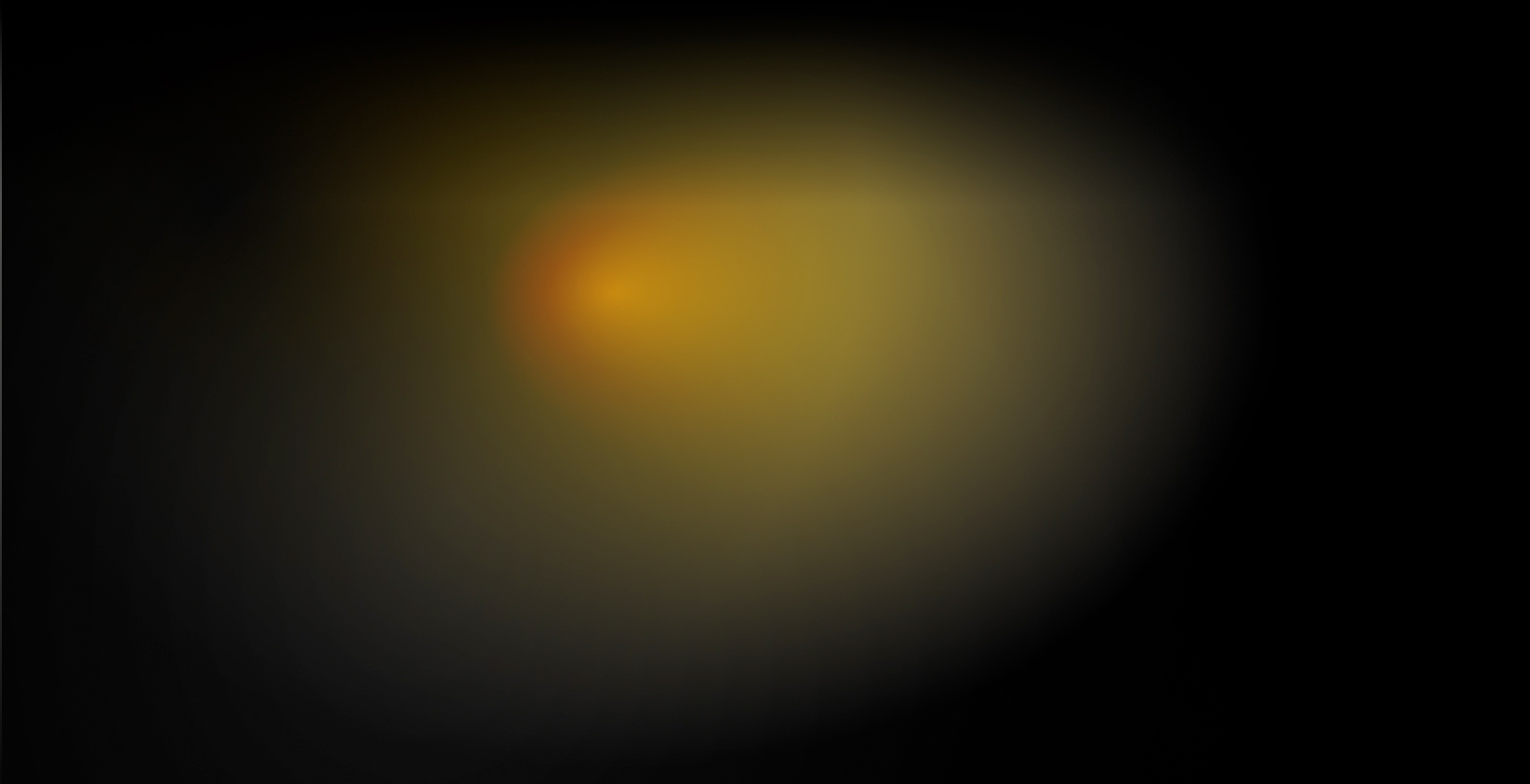STS Lab
Where innovation begins
Our R&D center is equipped with sophisticated instruments, essential for our intense development activity through which we study new solutions and create innovative and customized coatings.
We often work in partnership with academic R&D centres, an essential activity for stimulating fruitful scientific discussion, sharing experiences and exploring new research frontiers.
STS Lab also provides full support to our internal quality system by carrying out accurate checks aimed at identifying any type of anomaly or non-conformity (failure analysis).
Discover the state-of-the-art equipment of STS Lab:
Sem
The Scanning Electron Microscope (SEM) is able to provide photographs magnified up to 100,000 times of the coating surface and structure as well as its composition (thanks to the EDX probe – Energy Dispersive X-ray Analysis ). Thanks to it we are able to study the different coating composition and morphology and to highlight any micro-defects in case of failure analysis.
Nanoindenter
Hardness is another key feature of the coating. This parameter is measured using an instrument called nanoindenter, which provides data from which the elasticity of the material and the hardness of the coating itself, normally expressed in Vickers, can be traced.
Scratch tester
The adhesion of the coating is studied using a scratchtester which is a dynamic hardness tester.
Through the application of a constant or increasing load, the critical loads of the phenomena that occur directly on the coating or at the interface between the base material and the latter are subsequently determined.
Tribometer
The friction coefficient (COF) is measured using an instrument called a tribometer. The coefficient of friction allows you to define the sliding between two surfaces that can be coated or not. It is essential to understand how the tribological characteristics of the system change.
Salt spray
Salt spray is used to analyze and determine the corrosion resistance of the coating. This machine exposes the coated or uncoated samples to a condition of temperature, humidity and concentration of salts and acids, in order to define the trigger of the corrosion and obtain a rating.
Roughness and roundness testers
From a geometric point of view, PVD and DLC coatings have a certain impact, although very slight, on characteristics such as roughness and roundness. Roughness and roundness testers are the two tools needed to measure these characteristics before and after coating.
Calotest and Durometer
Classic thickness and adhesion controls are made using a calotest and a hardness tester.
Spectrophotometer
Measurable color is a key issue for our decorative PVD coatings. The spectrophotometer is the scientific tool that measures the coating color coordinates. It is indispensable for studying and unequivocally defining the colors of our decorative coatings.



